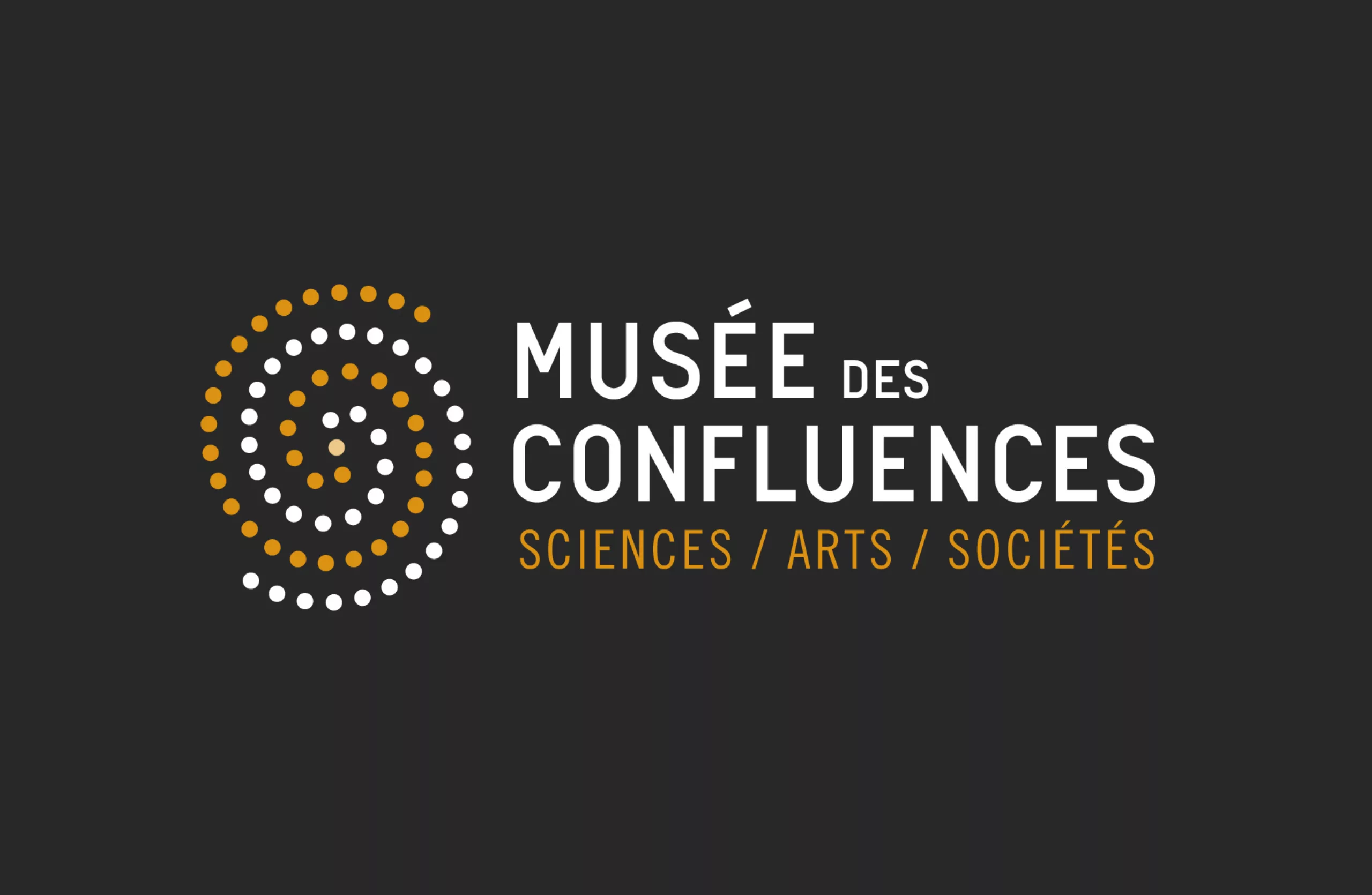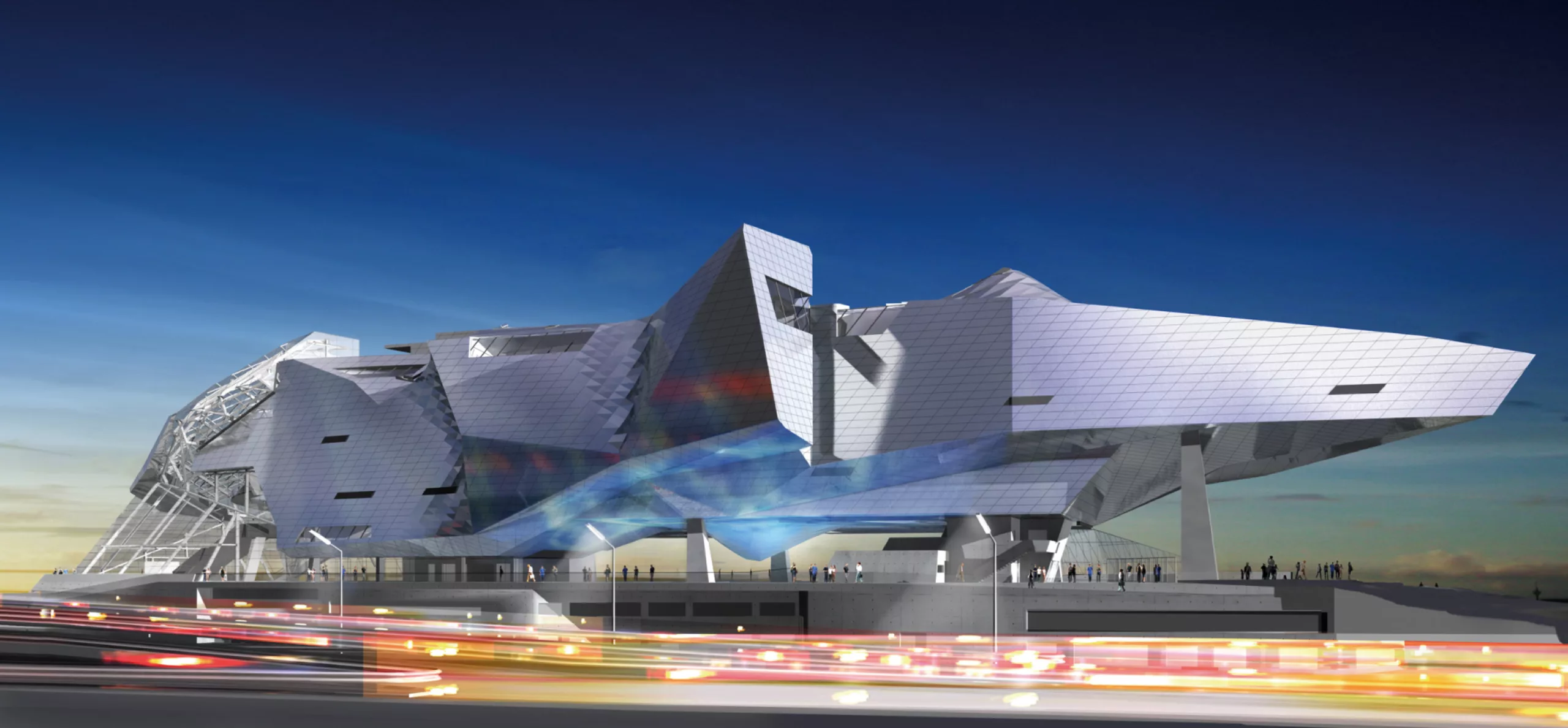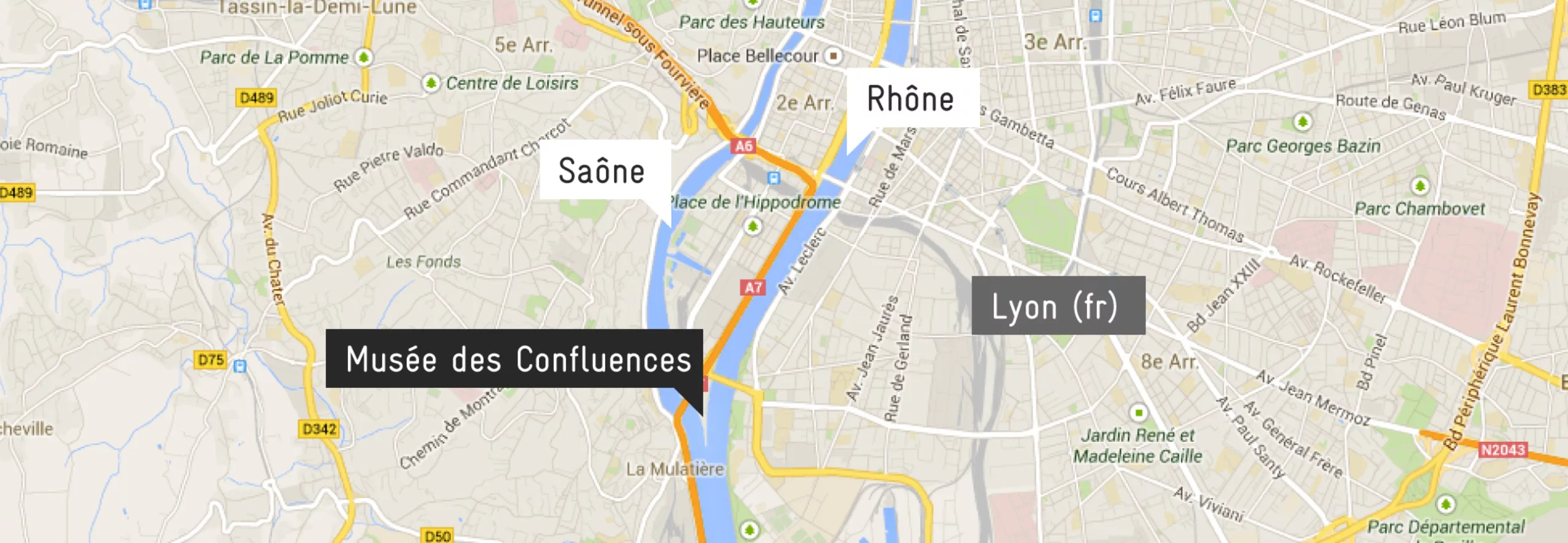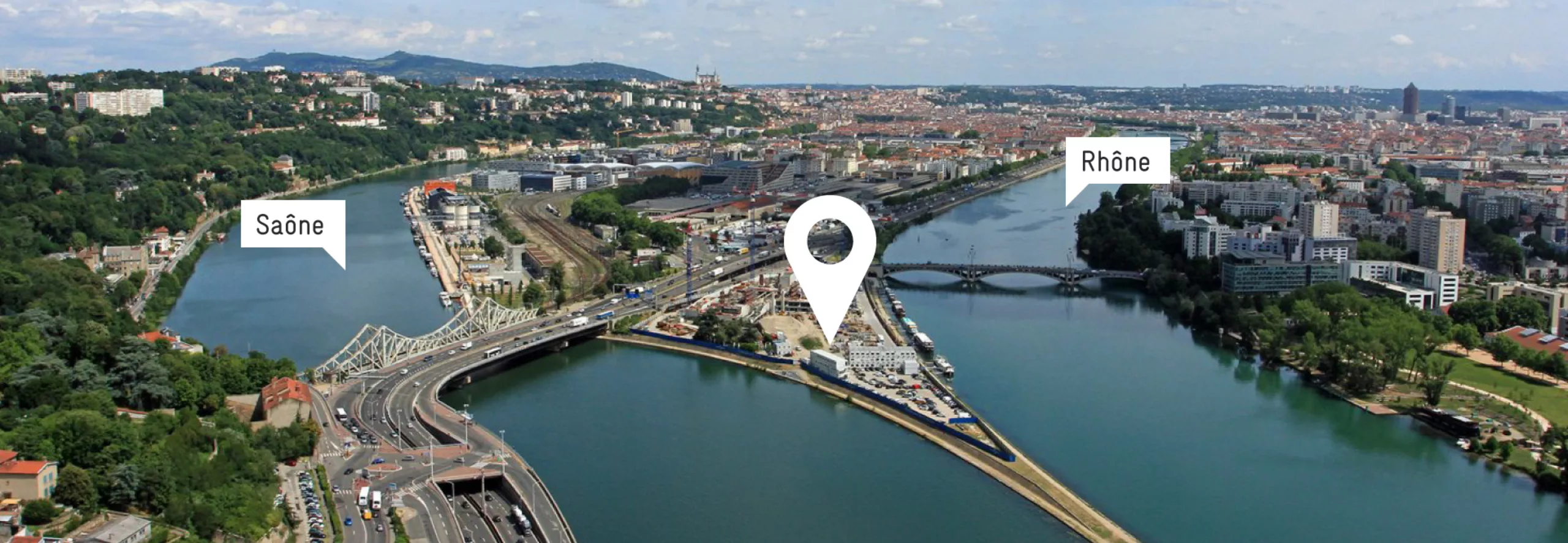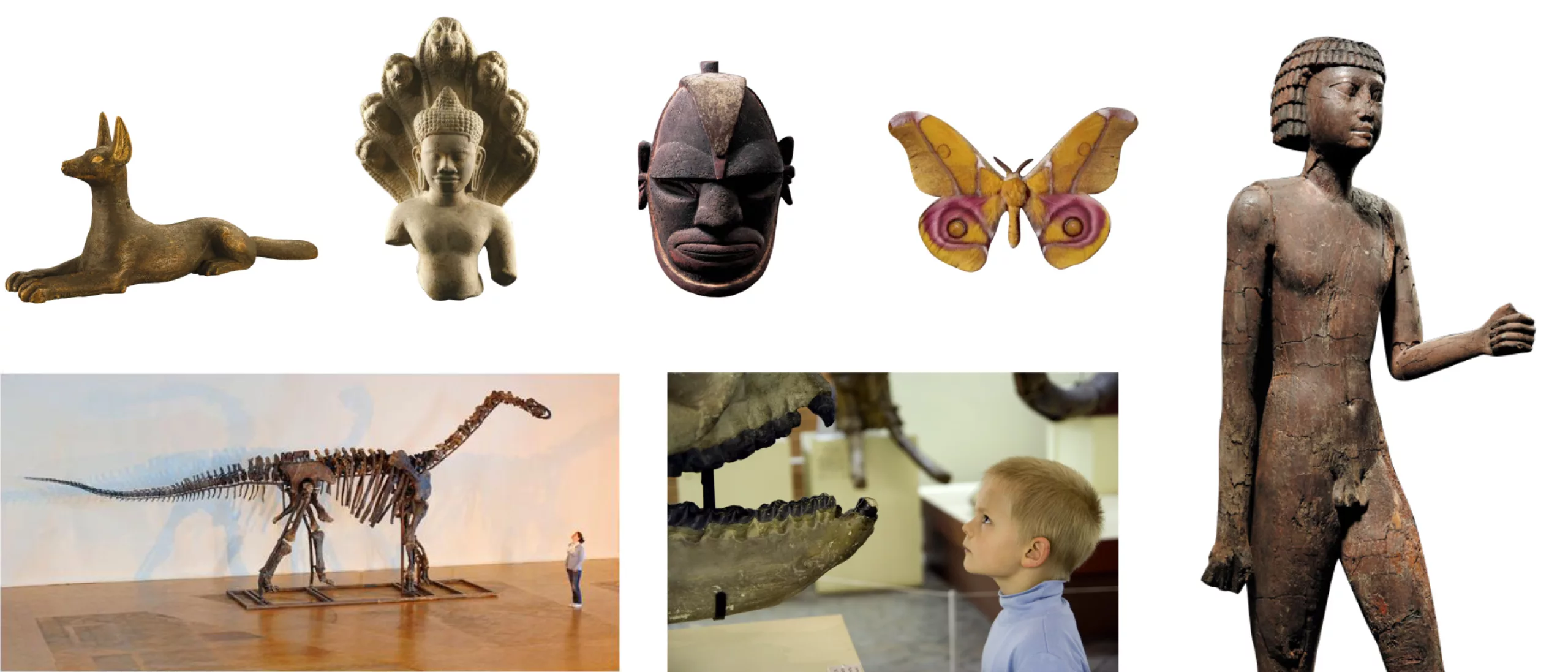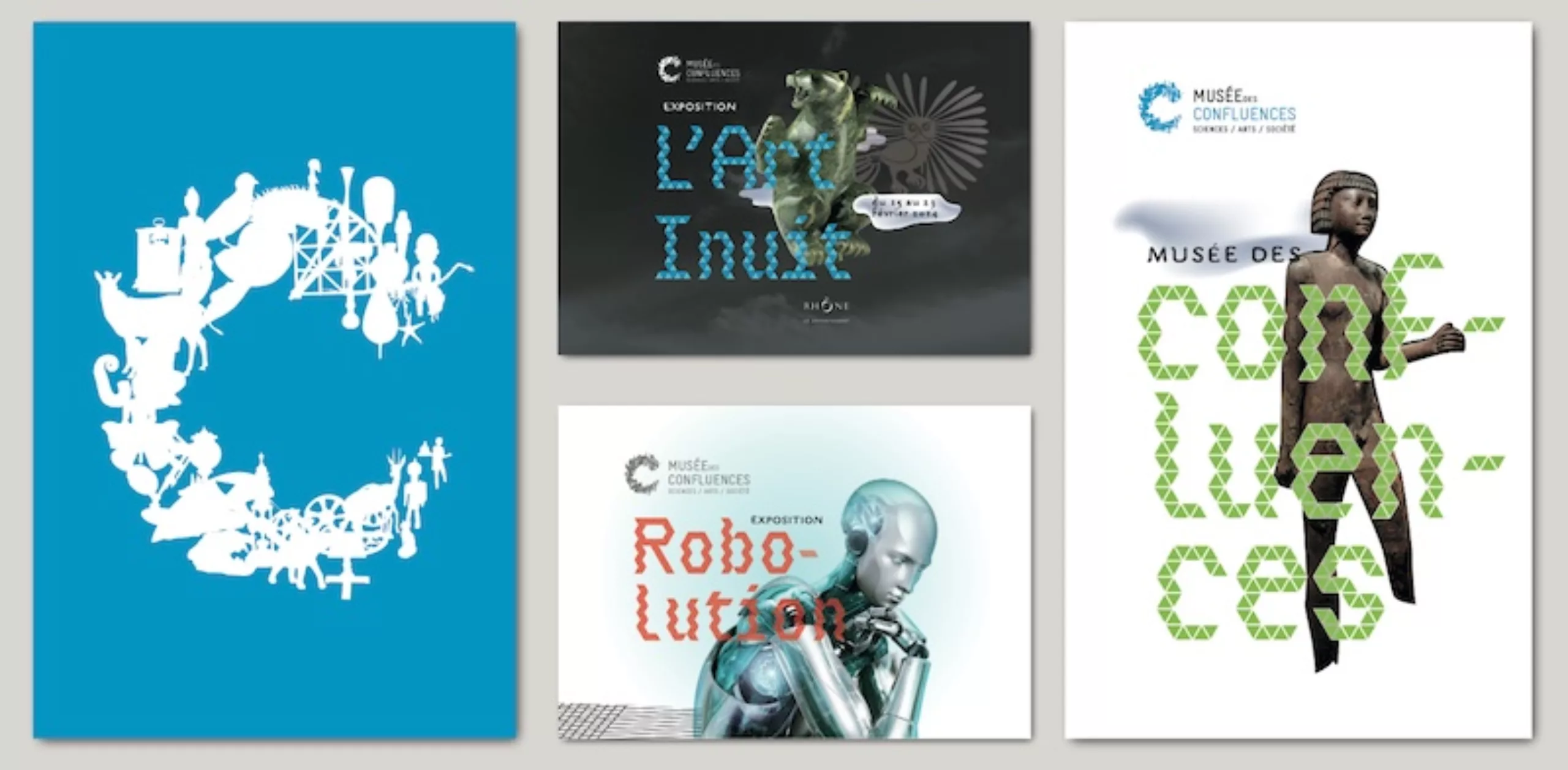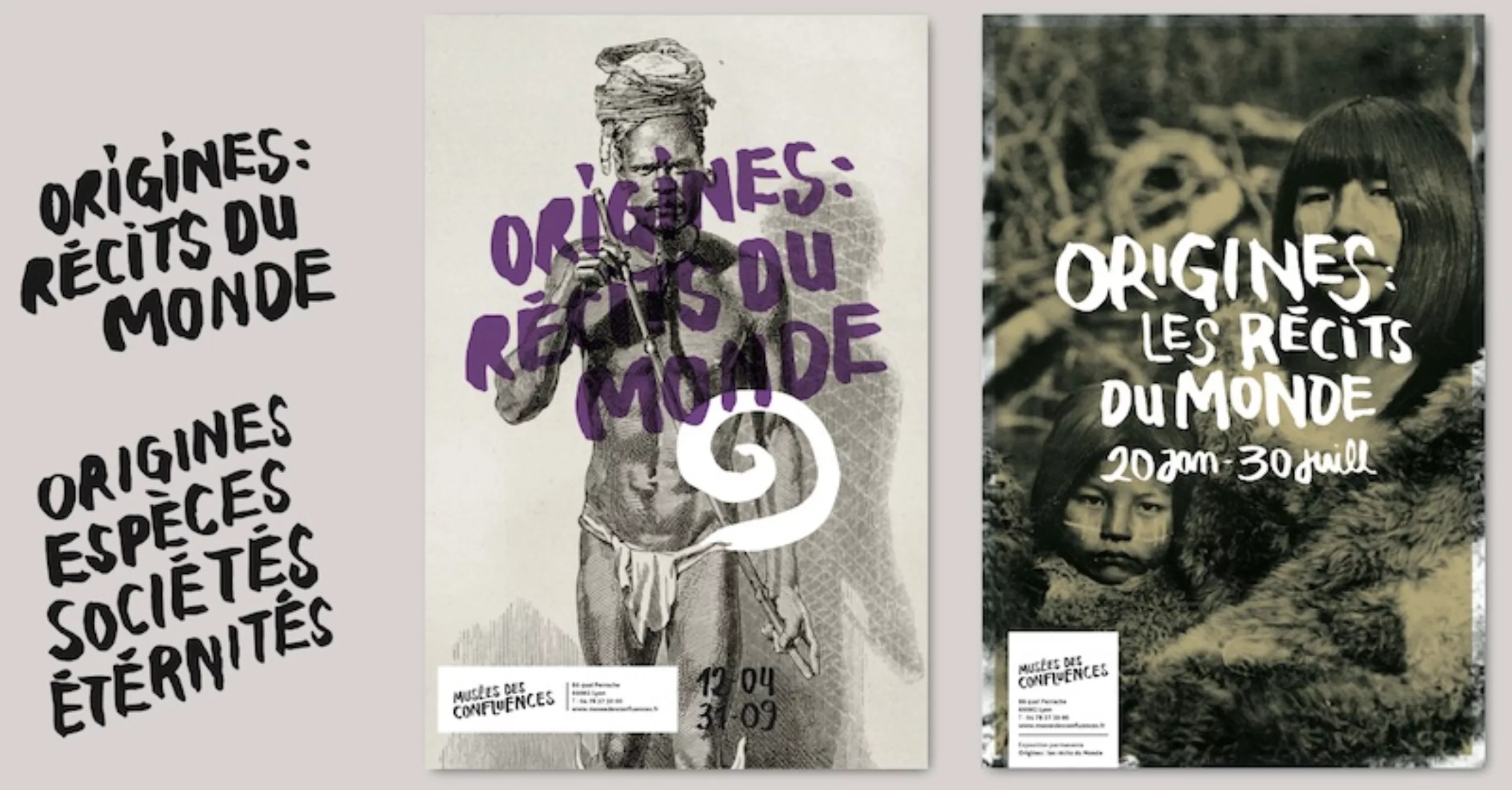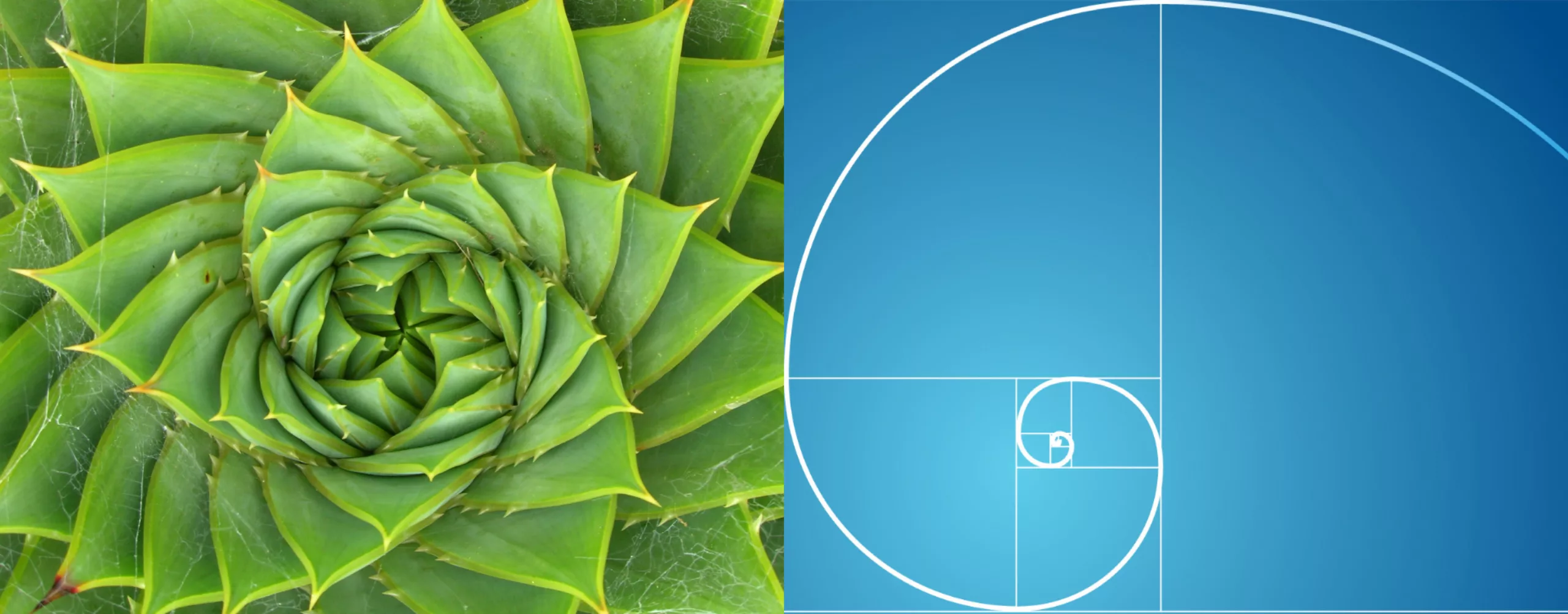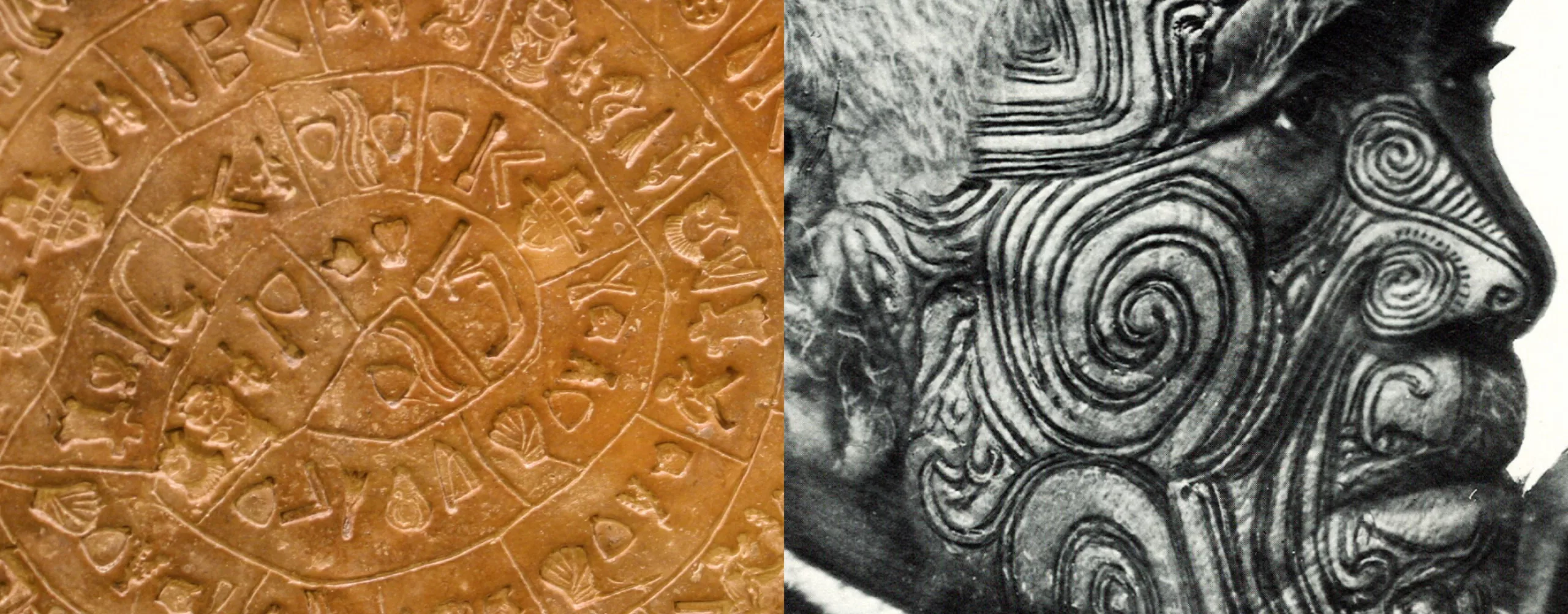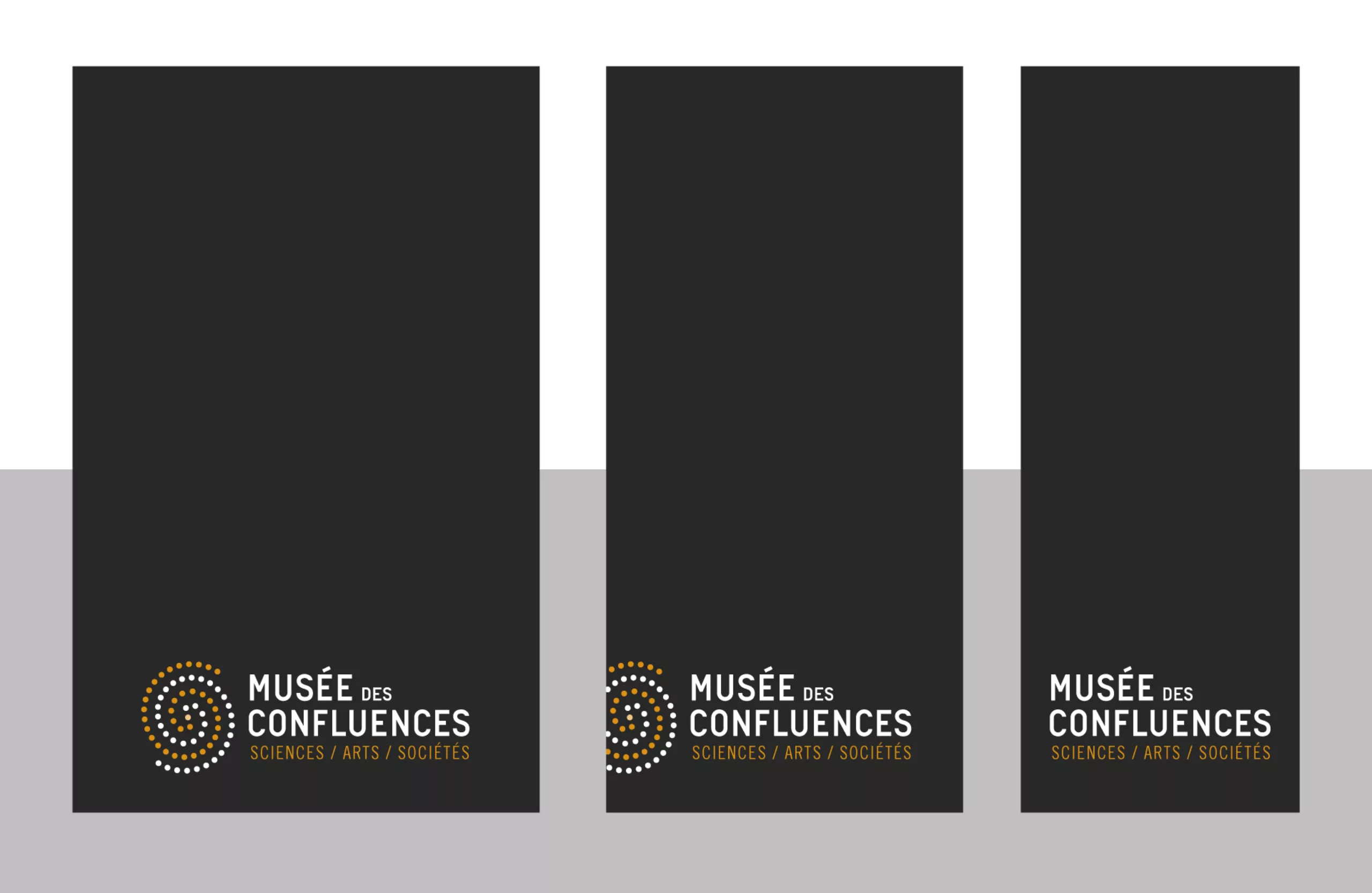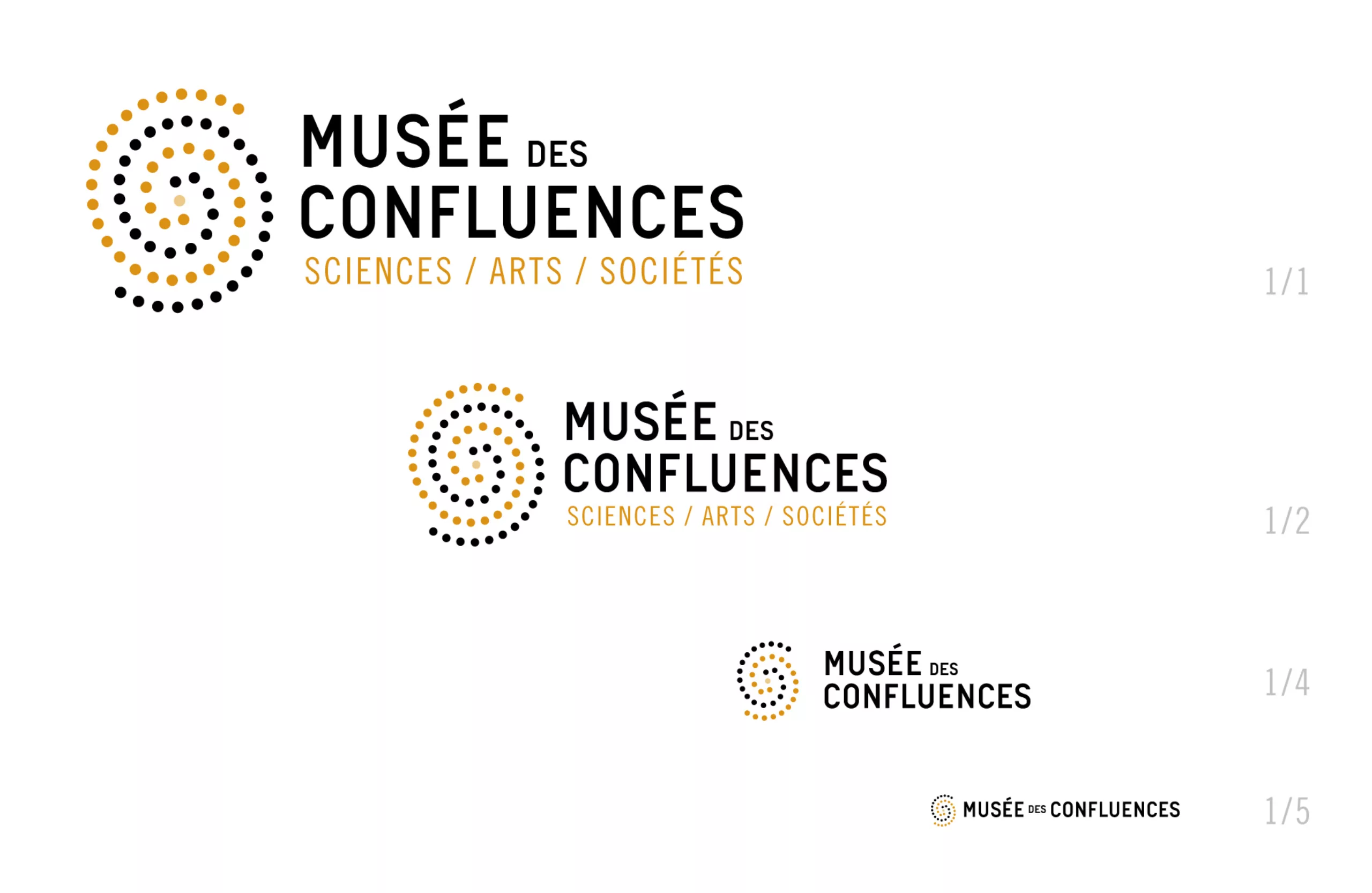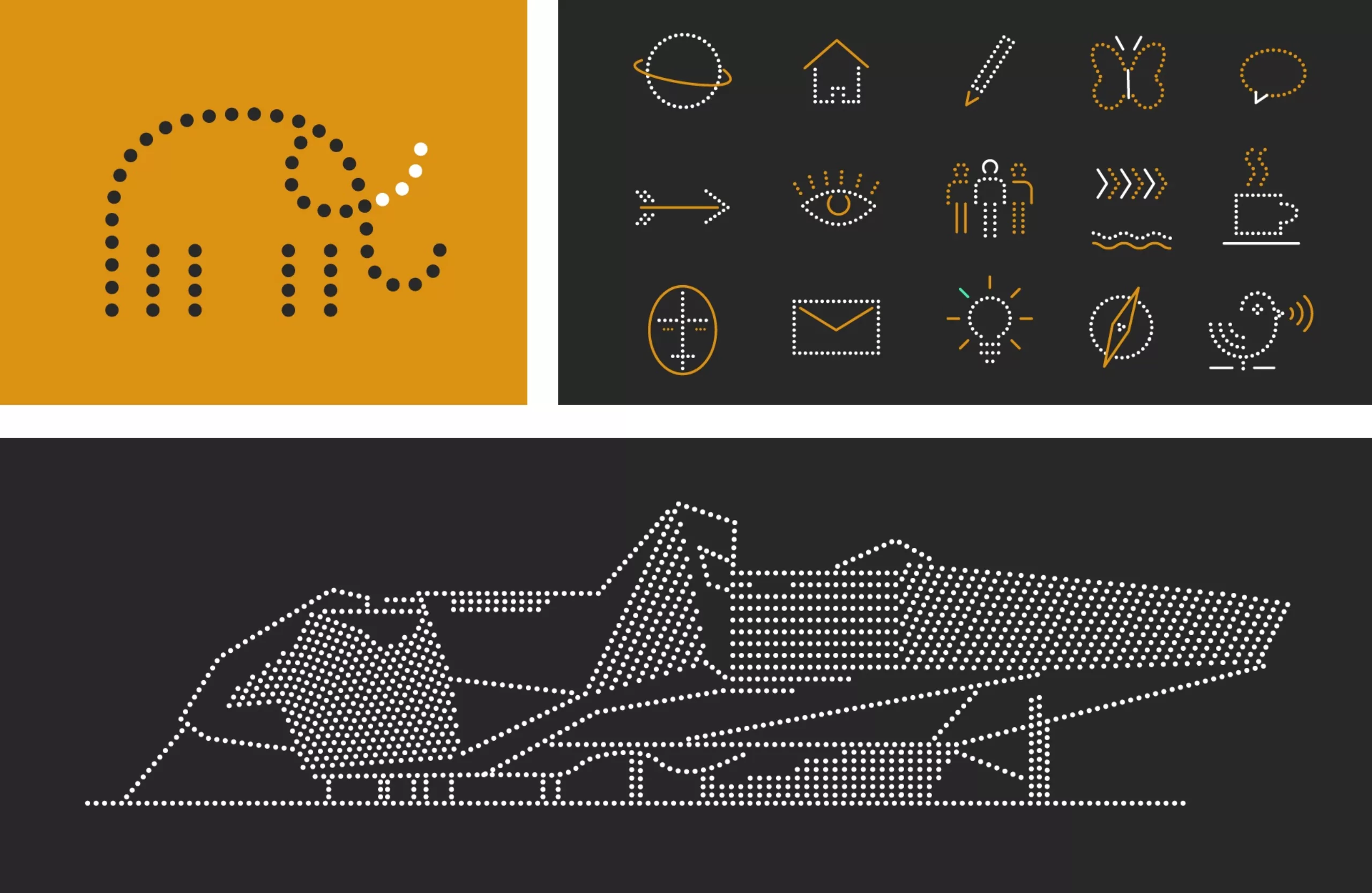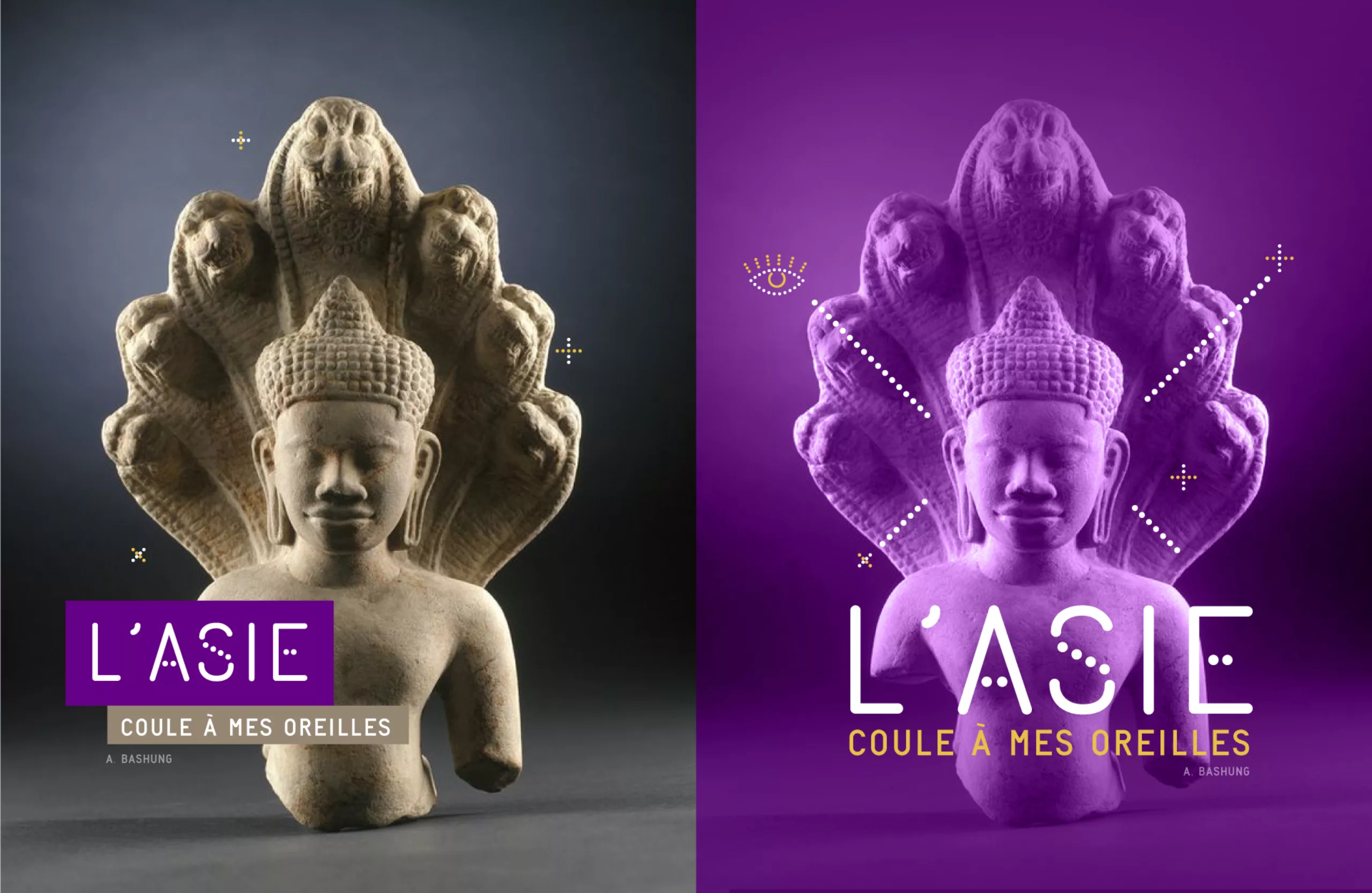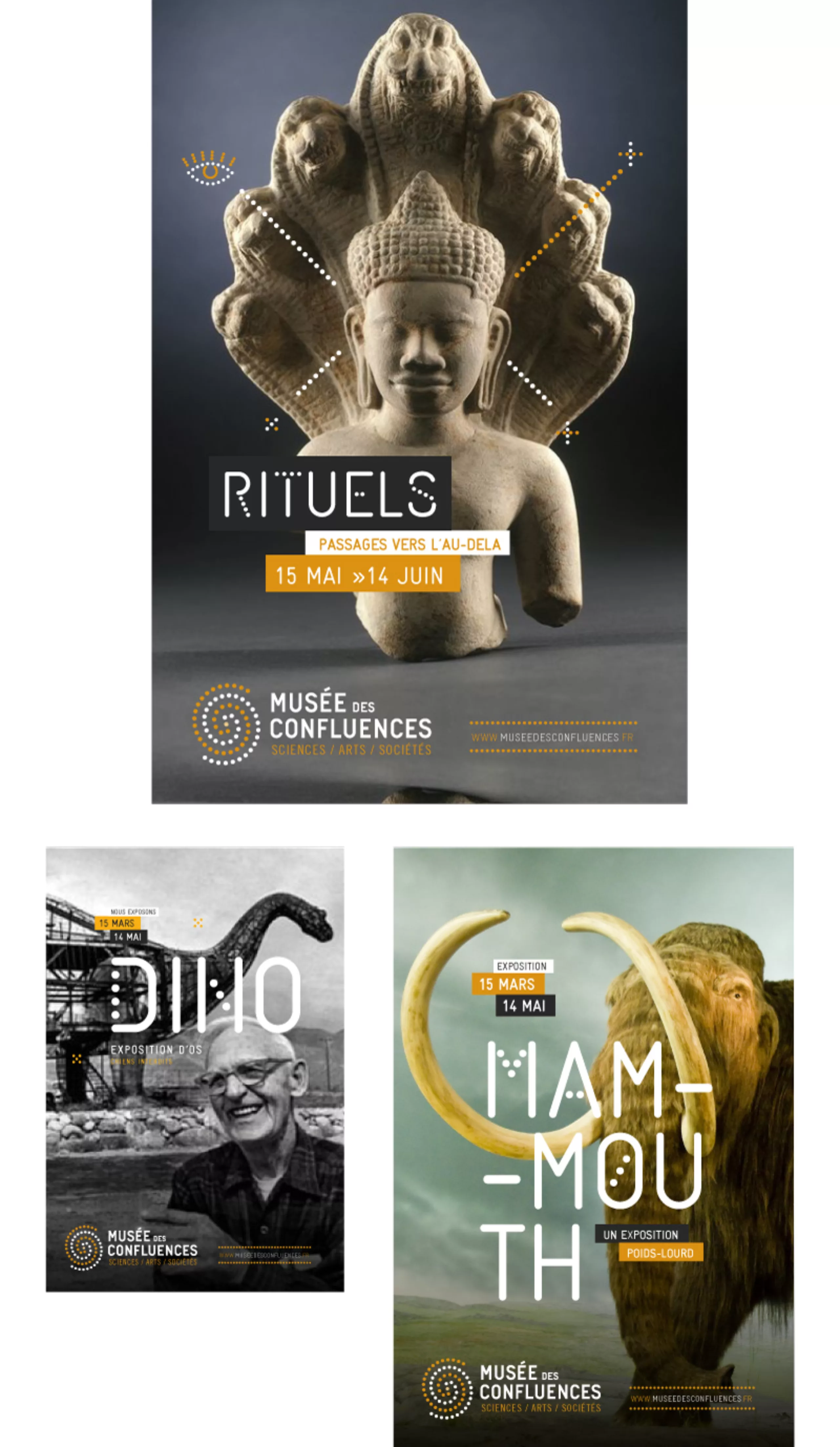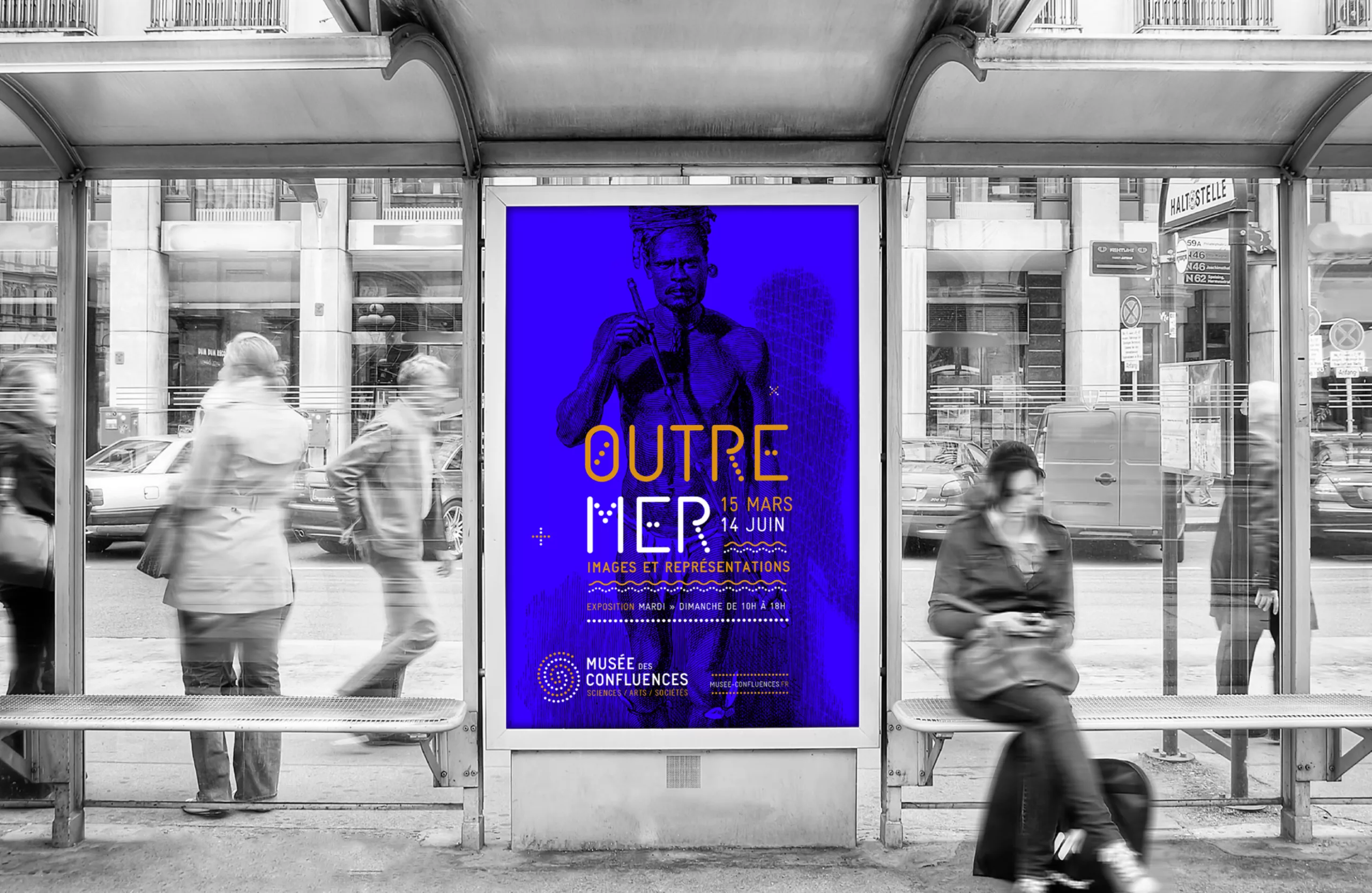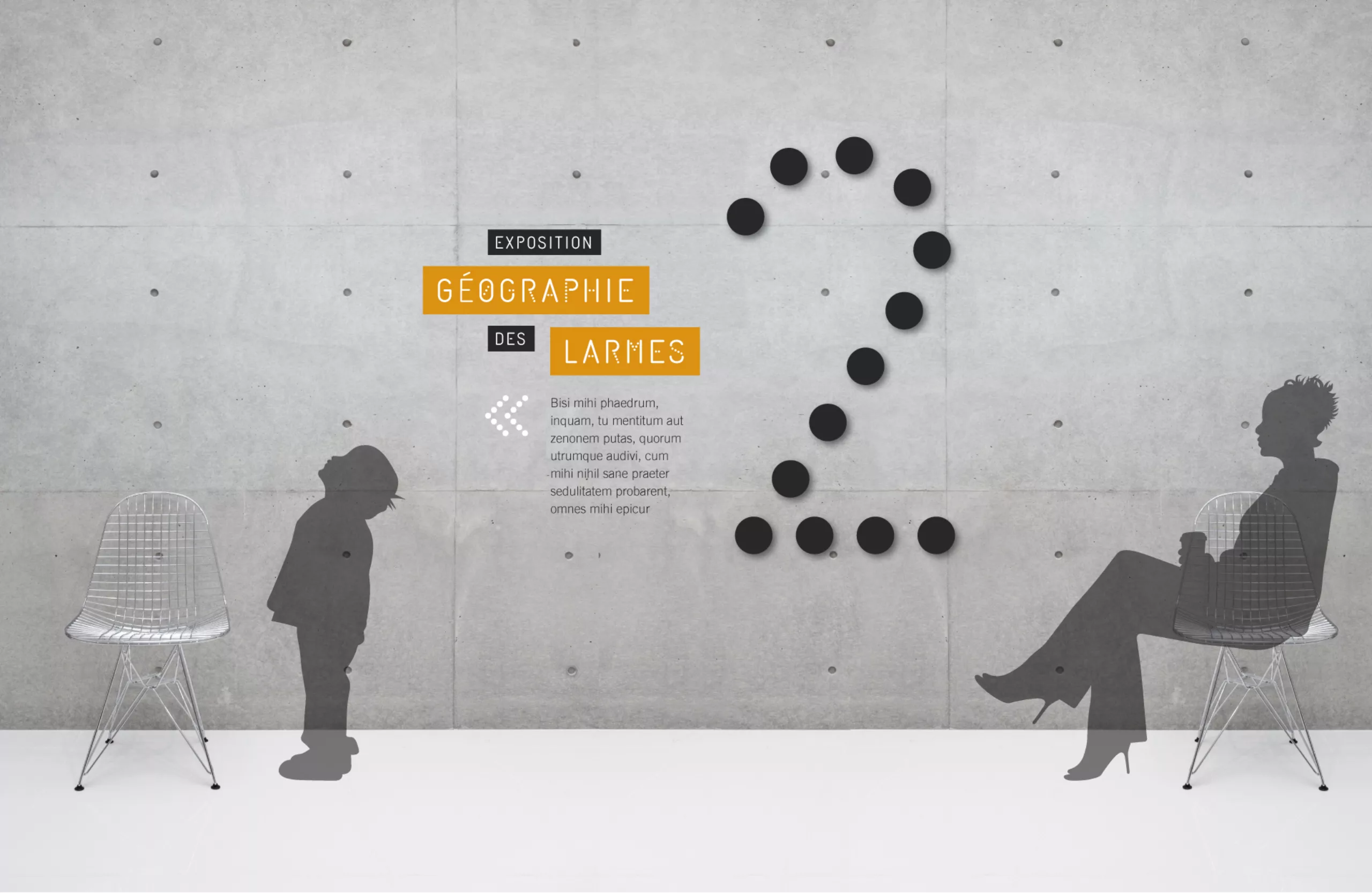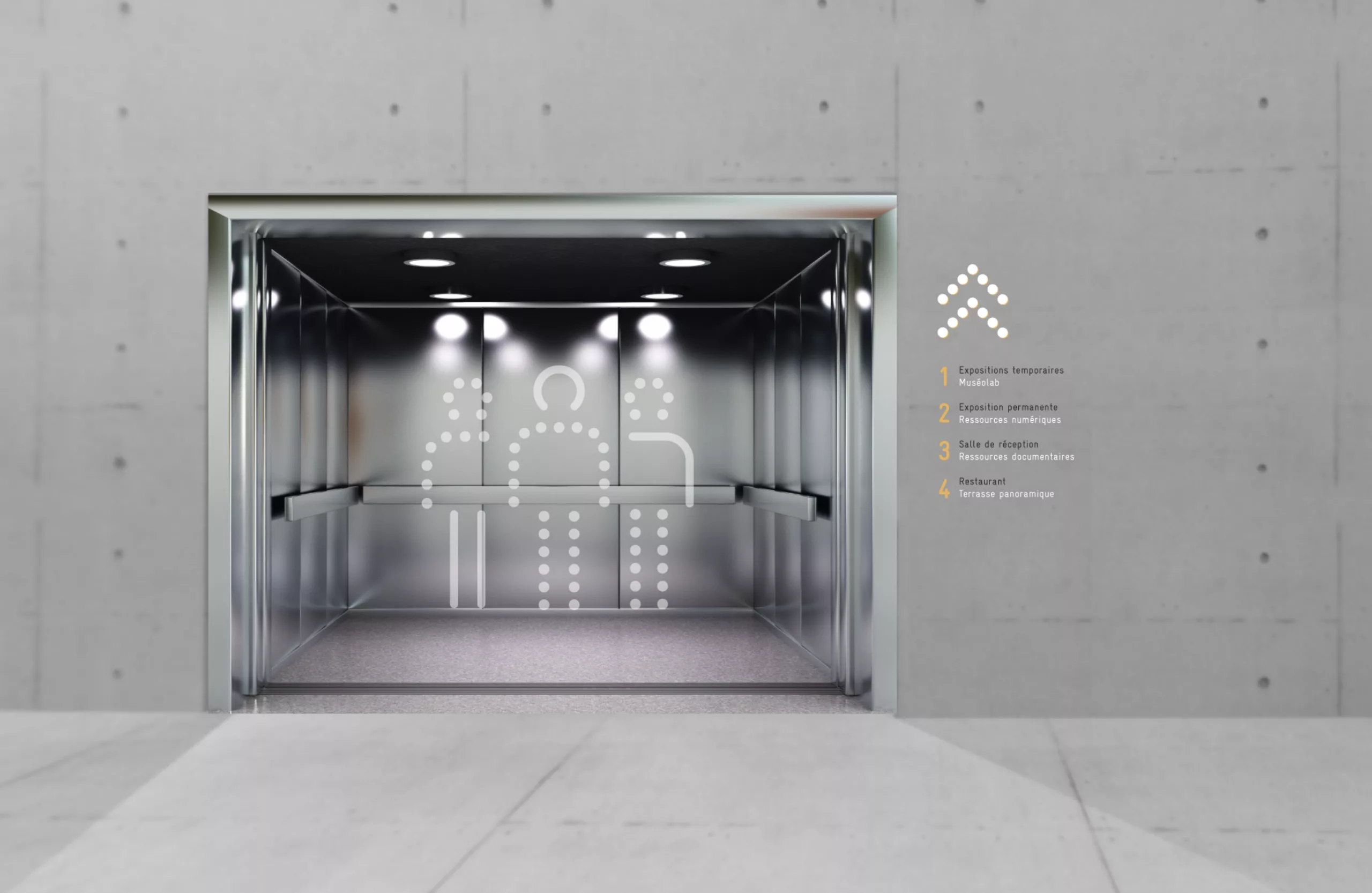The Confluences Museum is a plural history. Plurality of objects (2.2 million specimens), subjects (Sciences, arts and societies), spaces (collective and individual, indoor and outdoor, aquatic and aerial…), audiences…
The confluence of symbols
If the term “confluence” symbolizes union, a brief semiological analysis makes it possible to understand the symbolic charge present in this term.
The Kingdom of God
As running water is a principle of life, confluence sites establish the connection between the symbolic powers attached to several rivers. Thus Benares, one of the seven sacred cities of Hinduism, is established at the confluence of the Ganges and the Yamuna. The Yamuna is considered more sacred than the Ganges itself, because the ascent of this tributary brings back to the source, the origin of creation. This is what Genesis indicates in the mention of a great partition of the world by the rivers: the Pishôn, the Gihôn, the Tigre and the Euphrate flow from the river of Eden.
The world of men
Upstream from all the meeting places of the rivers (confluence), the mystic finds the great division of the rivers (diffluence) of the exit of Eden which, downstream, structures the world of men, and, upstream, makes penetrate the kingdom of God. The organizational role of the sacred and the profane played by the confluence is so obvious that it has almost universal value: many confluences carry a temple, like Lugdunum (Lyon) which has its original site on the hill of Fourvière dominating the confluence of the Rhône and the Saône.
But we must not forget the major military and commercial role played by the confluences: it is not for nothing that many large political and commercial cities have settled slightly downstream of important confluences.
Research phase
